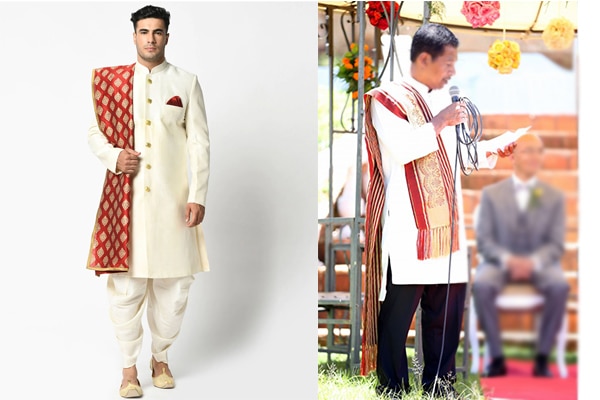The tradition of Madagascar is manifested through the attire of male excellence worn during the festivities in the highlands of the island, known as “plain”. According to research, this outfit has its origin in Indian culture and would have been introduced in Madagascar after the abolition of slavery in 1848 in the French colonies.
It is interesting to trace the origins of this outfit to the region of “Malabar”, where Tamils flocked in large numbers to work in Reunion Island. Near 200 000 Tamils have arrived, bringing with them their customs and traditions, including Sherwani, a long shirt worn with trousers called “pajama”. Gradually, these cultural influences were assimilated in Madagascar, and the Sherwani became the “plain”, because of the French name of “juggling” given to the Indians.
The inhabitants of the highlands of Madagascar quickly adopted this outfit from elsewhere, considering it as an alternative to antiquated European costumes. The “plain” is made in different types of fabrics, but silk remains the most popular material, just like originally. Still nowadays, many men perpetuate this ancestral tradition by wearing this outfit during festive events.
The “plain” gained increasing fame and became a fashion trend, occupying a place of choice in the clothing choice of the men of the high society of the Malagasy highlands. Its port symbolizes an attachment to the history and culture of Madagascar, as well as a way to stand out from more conventional costumes.
This traditional dress, from the cultural heritage of Madagascar, embodies elegance and refinement, while providing men with an opportunity to celebrate their cultural identity and connect to their ancestors. The tradition of “plain” is a living testimony to the importance given to customs and the preservation of Malagasy cultural heritage.

